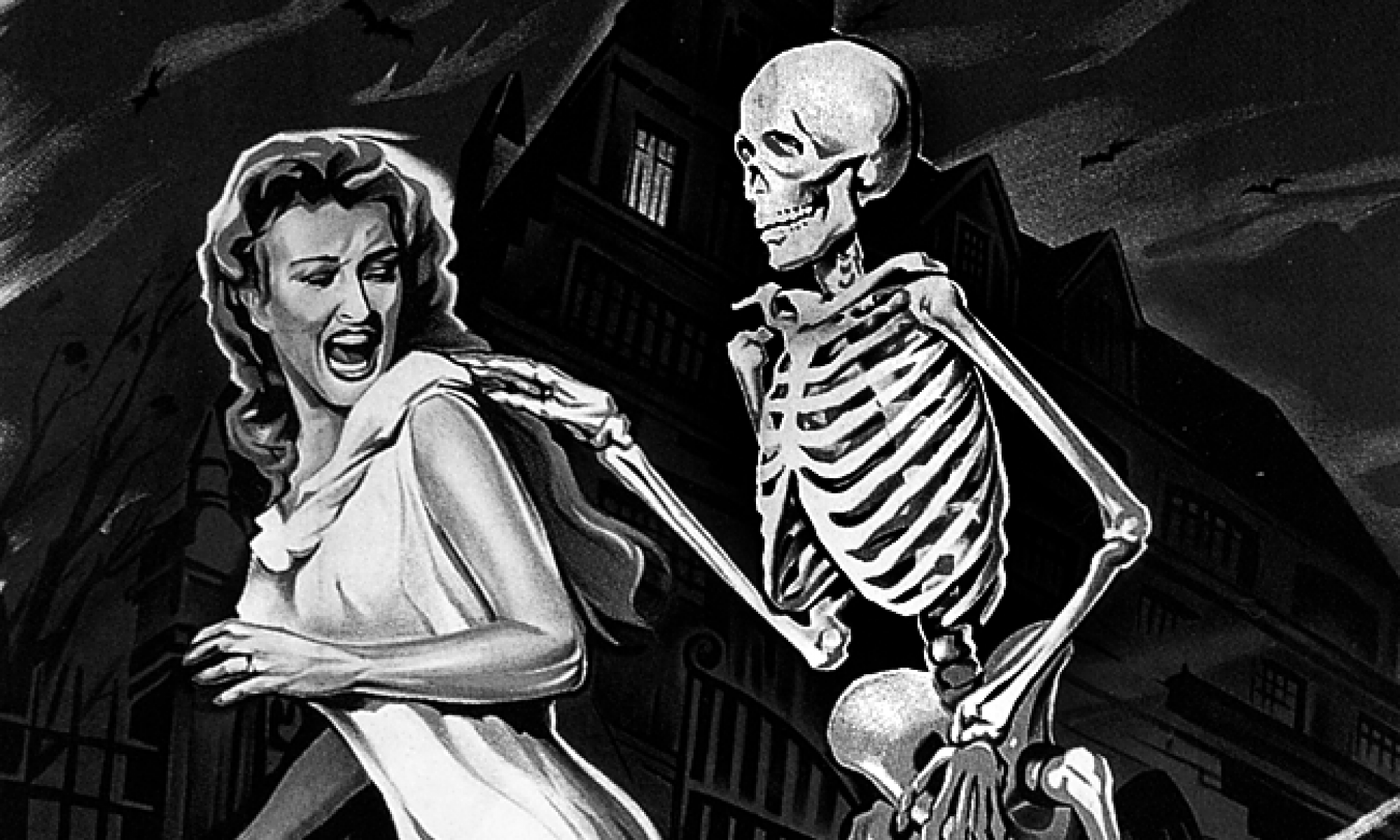Sinister is a paranormal horror movie about a has-been true crime writer, Ellison Oswalt, and his attempts at reclaiming his fame and fortune. The poster for this film features a young girl smearing blood across a wall, giving rise to an inhuman and menacing face. Across the top is the line “From the producer of ‘Paranormal Activity’ and ‘Insidious.’” This line serves to intrigue established horror fans who have seen and enjoyed those paranormal films. More so, the poster also intrigues fans of gore, since it uses blood heavily. In regards to the film itself, the intended audience could be those who are going through a transitional period, since the film starts off with a family moving into a new home, where everything stems from. The indented audience also includes working individuals with a family.
The movie begins with old looking film of a family tied to a tree. As a different tree branch falls, they are pulled up into the air and hanged. After this, the movie cuts into a bright scene of the Oswalt family moving into their new home. The hanging is the first thing that the audience sees which is then followed by a relatively normal scene with no explanation. This is a strategy that establishes the movie as horrific and leaves the audience desiring an explanation for that image. The house that the Oswalt family is moving into is established as the same house from the initial hanging scene when Ellison views the tree in his backyard as ominous music plays.
Throughout the movie, scenes are incredibly dark with only a little bit of yellow light. This strategy serves to uphold the mystery of the house and the plot. These scenes are frequently coupled with eerie noises, not quite music, in order to prolong the anxious atmosphere. Ellison is in almost complete darkness when he first views the tapes that he found in the attic. These tapes follow a similar structure to establish horror. The initial scenes are happy, well-lit, of a family having fun together. Suddenly, they cut to shaky and dark scenes that are dimly lit by a flashlight. This difference in the filming of the tapes gives the audience a clear indication of when they should begin to feel scared. The movie establishes these tapes as hard to watch by having Ellison drink whiskey as he does. In these tapes there is a lack of direct gore, which is a trend in the entire movie. While watching the tapes, Ellison writes down questions he asks himself such as “Why would you film it?” and “You came back and left the box. Why?” in order to guide the audience on what to focus on.
Ellison continues investigating to answer these questions. He finds an image of a figure standing behind the tree and goes to investigate. While outside, there are five motionless figures of children standing behind him. This backyard scene is dimly lit and has fog in order to be eerie and establish these figures as menacing.
As it turns out, the figures are missing children from the past that belonged to the families in the tapes. Later, Ellison is given extended cuts of those tapes where he discovers that the children are the ones murdering their families. He pieces together the story too late and is poisoned by his own daughter and history repeats itself. As he collapses, his daughter says “Don’t worry, Daddy. I’ll make you famous again.” This eerie line serves to establish that the cause of this tragedy was Ellison’s unrelenting desire to reclaim his fame and fortune. The lack of gore in the final scenes is a strategy that allows the audience to imagine the worst and therefore create their own, most horrific, scene.
The horror from this film comes from the use of the paranormal and, to some extent, the use of children. The use of children is interesting in this film since they serve as a vessel for evil to occur. They are somehow both villains and victims, since they are taken by the deity. However, the film did not utilize my trope of mental illness.
Those who would be most horrified by the film are the target audience, which is working individuals with a family. This audience readily connects with the argument of the film which is to put family before fame and fortune. The subtext of this film is also relatable to the target audience since it has to do with economic struggle. This is shown by the fact that Ellison moved his family into that house because it was affordable due to the tragedy that occurred there. The film’s argument is successful because it is obvious that Ellison’s obsession with fame and fortune is what caused his and his family’s demise.
Overall, I would give this movie an 8/10. I definitely recommend it because it has an upheld anxiety coupled with disturbing imagery to horrify the viewer. I also think the plot is creative and well done as it does not rely on any one trope too heavily. Additionally, the ending was a good twist which means that it was not entirely predictable.
Andrea Bouchan is a senior Neuroscience major at The University of Texas at Austin. She enjoys pretending to be a skilled soccer player, finding new music, and wasting time in general. Most of the things she says are direct quotes from Vine videos.
